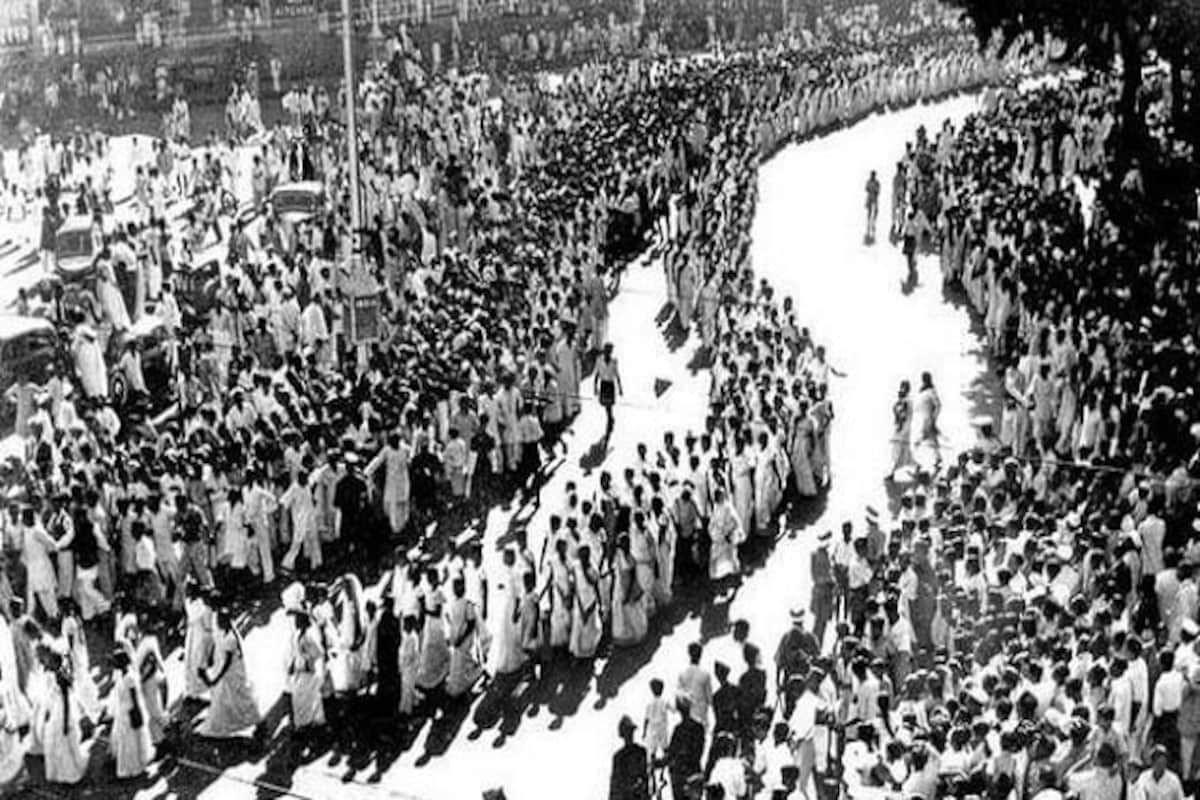History has never been kind when it comes to credit people for their sheer hard work, perseverance and belief during any major event, especially a revolution of a stature as that of Indian Freedom Struggle. With a significantly large population belonging to different ethnicities and cultures, no matter how hard historians try to address the struggles of Indian nationals, some things always remain unsaid. Therefore, it is imperative to understand that history, specifically of Indian Freedom Struggle, conclusively presents the timeline and narrative of what happened, but is not limited and exhaustive.
Unsung Freedom Fighters
There is a humongous library of significant documentaries and testimonies, testifying and cherishing the valiant efforts of distinguished freedom fighters, who looked in the eyes of tyrannical British and raised slogans against the inhumanities. However, not all of those strugglers found their mark on the historian calendar and thus, remain anonymous to the masses today.
Aruna Asaf Ali
One of the prominent anchors of the freedom struggle, Aruna Asaf Ali who is now synonymous with a mere road in New Delhi, did remarkable things at the age of just 33. Ali gained prominence and crowd-appeal following her courageous act of hoisting the Indian National Congress flag at the Gowalia Tank Maidan in Bombay during Quit India Movement in 1942. This act offended the eyes of the Brits and consequently an arrest warrant was issued in her name. However, Ali was able to evade the arrest and started an underground movement. Failing to arrest her, the British authorities seized her property and sold it for monetary gains. Moreover, the government also announced a reward of 5,000 rupees for her capture.
Fortunately, Ali lived to see India’s independence and remained active in politics thereafter, but never worked for recognition. And hence, her name remains buried in deep fine-prints in history.
Bhikaji Cama
Another lost personality but a famed name which houses a lot of restaurants in New Delhi, Bhikaji Cama’s valiant and courageous efforts remain unrevealed. Not only was she an integral name in the freedom struggle but also an iconic voice who stood for gender equality during the late 19th and early 20th century. Cama’s notable significant moments cherish her bold stance in Germany where she unfurled the Indian flag at the International Socialist Conference at Stuttgart, in 1907. Furthermore, she even donated her personal belongings to an orphanage for girls. Regarded as ‘Madam Cama’, she suffered through a heart-stroke and later succumbed to it on 13th August, 1936.
Lakshmi Swaminathan Sahgal
An ambitious and brave lady officer in the Indian Army, who had already served in World War II, Lakshmi Sehgal was an epitome of force and valor. Regarded as “Captain Lakshmi” owing to her rank in the second world, she also served time as a prisoner in Burma but it did not flinch her courage from any front. Lakshmi also enlisted as a volunteer in Netaji Subhash Chandra Bose’s army of women soldiers. Upon meeting Bose, himself, she emerged with a mandate to set up a women’s regiment which was duly called as the “Rani of Jhansi” regiment. In her later years, Lakshmi joined the Communist Party of India and represented in Rajya Sabha. She later succumbed to a cardiac arrest on 23th July 2012 at the age of 97.
Khudiram Bose
Khudiram Bose was one of the youngest revolutionaries of India. He was an inspiration to the youth back then as he embodied the sentiment of nation-love and further instilled the same onto other people. He was arrested for trying to assassinate the British Judge Douglas Kingsford as the latter was believed to be unjust, biased and harsh on his judgements towards Indians. Hanged at the young age of 18 after trial, Bose invited mixed opinions from the senior leaders. Mahatma Gandhi, lamenting the instance which involved the death of two innocence British women due to a failed attempt of assassination of the Judge, condoned the acts of Khudiram as he believed that such should not be the path to attain freedom. Bal Gangadhar Tilak, on the other hand, defended Khudiram and his partner and called for immediate swaraj. The ways may have been debatable, but Bose managed to instill active patriotism in Indian citizens and left a lasting impact.
Conclusion
In the wake of 75 years of independence, the Union government has planned to recognize the unsung heroes and little-known groups and events and credit them during the yearlong celebration. The government has prepared a list of 146 lesser-known freedom fighters to be incorporated under the “Azadi ka Amrit Mahotsav”. The 146 names have been broadly classified by virtue of state of origin, ethnicity and impacts that they had over the fellow Indians. The list along with freedom revolutionaries, also includes several tribal leaders, little groups like Hindu Mahasabha, Andhra Pradesh Library Association, lesser-known events and literature.

